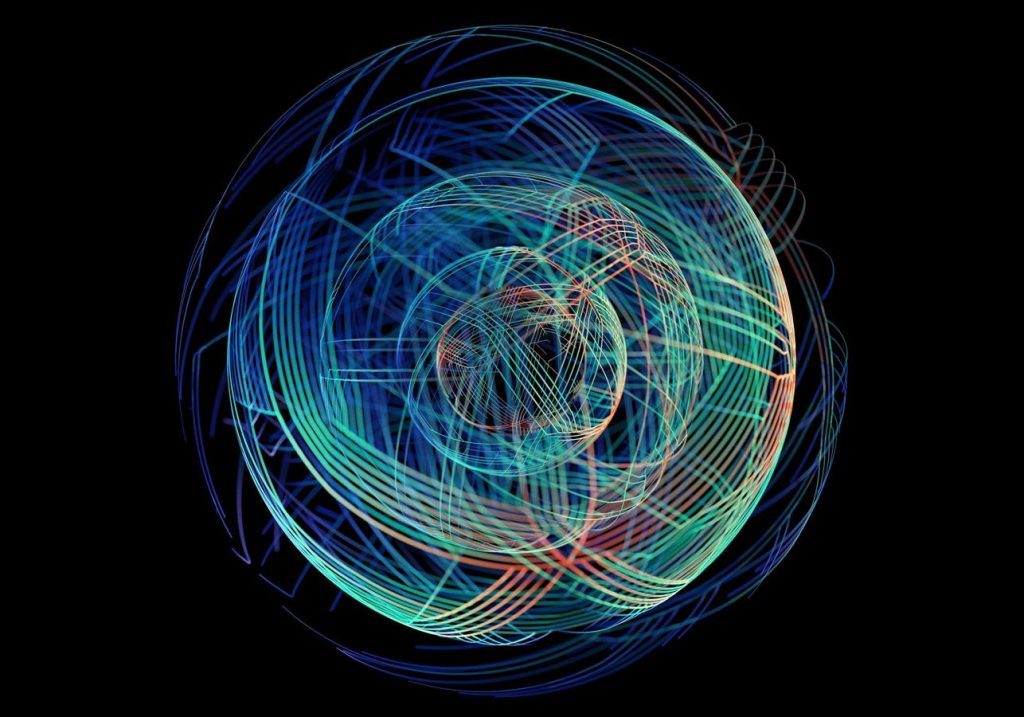In the world of cybersecurity, chaos can ensue when new, unknown attacks cannot be predicted or stopped, leading to damage and disruption. Just as predicting weather patterns or crop cycles has advanced civilization, the ability to accurately forecast and prevent cyberattacks is crucial in avoiding chaos in the digital realm. The process of developing rules and patterns based on historical attacks to detect future threats is similar to the scientific approach taken by astronomers like Copernicus and Kepler to understand the movement of celestial bodies.
The recent Netflix series “The 3 Body Problem” explores the challenges of predicting chaos in a three-star system faced by an advanced alien civilization. The aliens devoted their resources to understanding patterns of chaos and stability in order to survive, ultimately fleeing their homeworld to seek refuge on Earth. The show depicts the struggle of Earth scientists to solve the complex three-body problem presented by the alien world, drawing parallels to the difficulties in predicting the interactions of three massive objects in a dynamical system.
Physicists have long grappled with the chaotic nature of the three-body problem, finding that traditional rules and formulas are insufficient to accurately predict the future positions of the bodies. The need for new tools and methods to handle the complexity of a three-body system has led to the development of innovative numerical simulation techniques. Similarly, the cybersecurity industry has struggled to predict and prevent novel cyberattacks using traditional rule-based approaches, leading to constant breaches and damage.
By adopting a new approach inspired by the dynamical systems in the three-body problem, cybersecurity professionals can leverage recent breakthroughs in AI to simulate and predict threats in real-time. This continuous simulation and monitoring of network environments allow for accurate detection of new attacks and proactive threat prevention. The paradigm shift from static rules-based detection to dynamic, evolving predictions based on scientific principles offers a promising solution to the ever-evolving cybersecurity landscape.
The concept of the three-body problem highlights the need for a fundamental change in how cybersecurity professionals approach threat detection and prevention. Rather than relying on outdated rule-based models that struggle to account for the complexity and dynamics of modern cyber threats, a dynamic, simulation-based approach offers a more effective and proactive solution. By embracing new technologies and methodologies inspired by scientific principles, organizations can better prepare for and mitigate the risks of cyberattacks, ultimately reducing the chaos and damage caused by security breaches.
In conclusion, the parallels between the challenges faced in predicting chaos in the three-body problem and the cybersecurity landscape underscore the importance of adopting innovative approaches based on scientific understanding. Just as astronomers have revised their models to account for the complexities of celestial interactions, cybersecurity professionals must evolve their strategies to address the ever-changing threat landscape. By leveraging cutting-edge technologies and adopting a dynamic, simulation-driven approach to threat detection, organizations can better prepare for and mitigate the risks of cyberattacks, ultimately increasing their resilience and security in the face of chaos.


